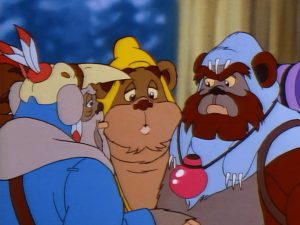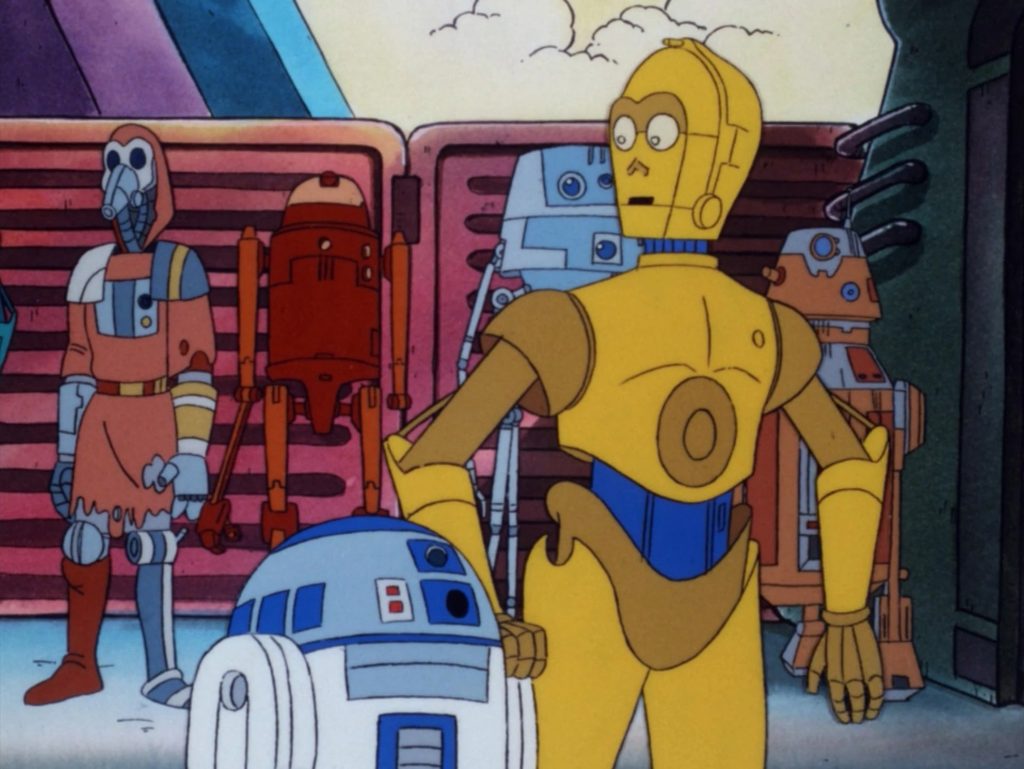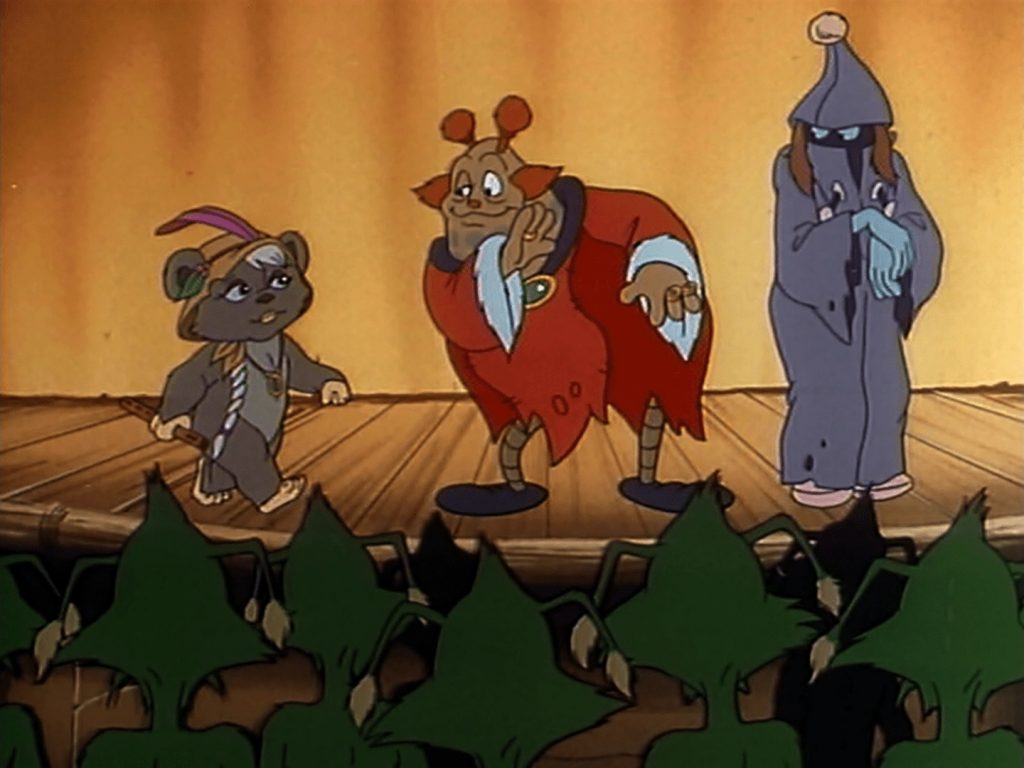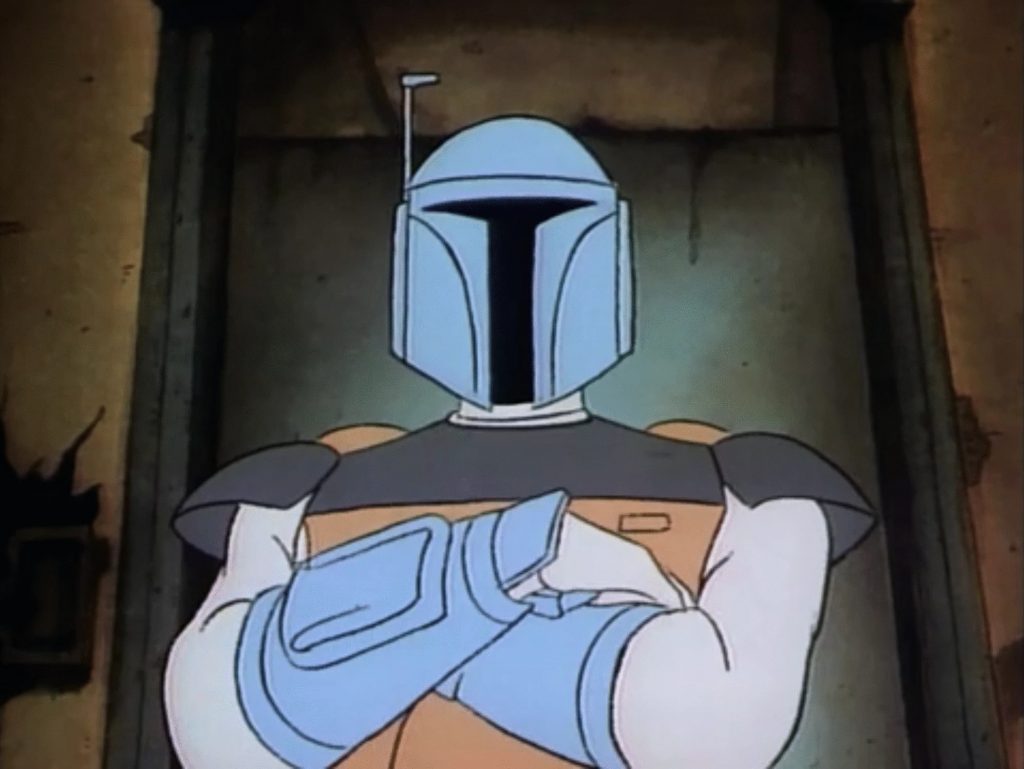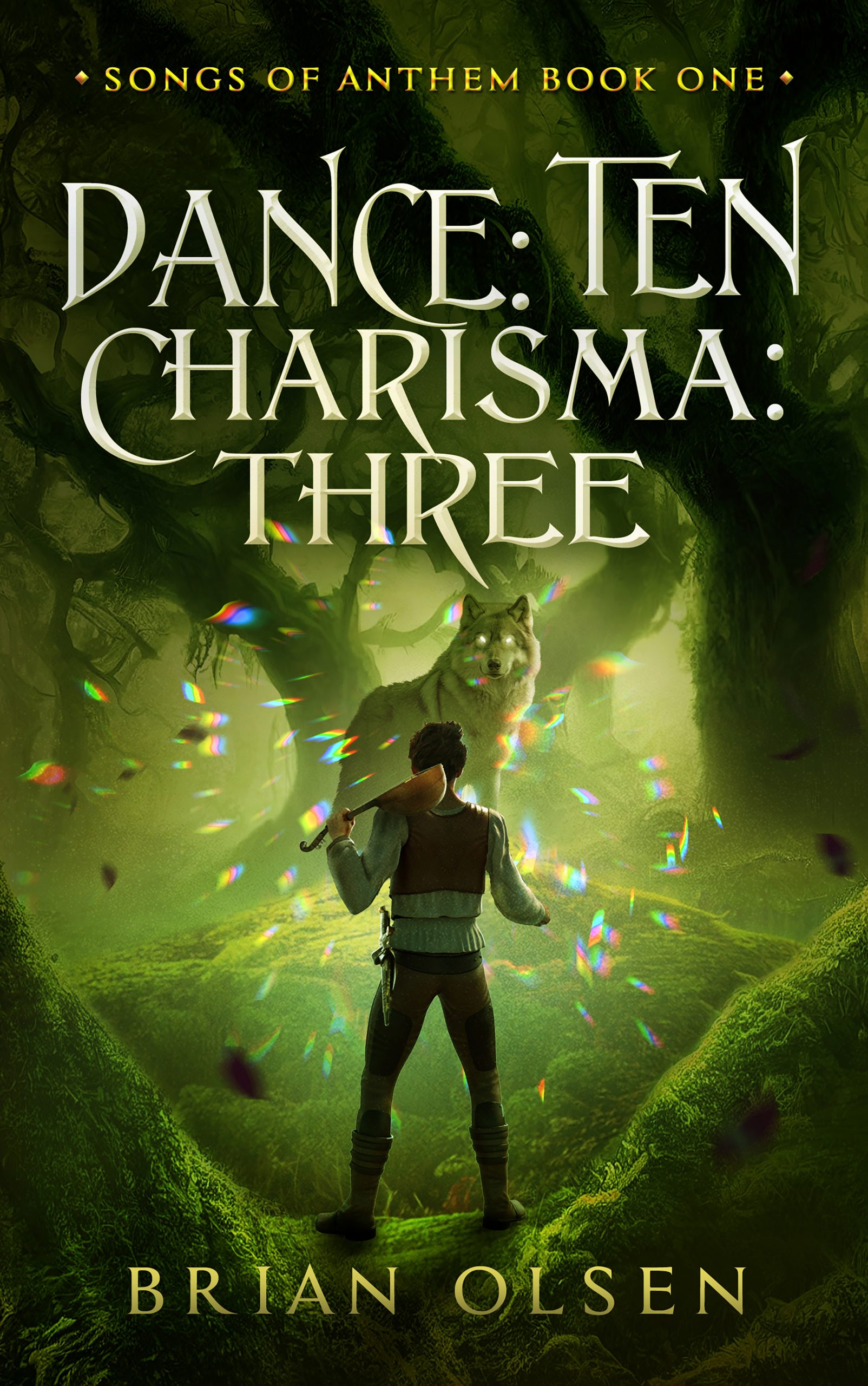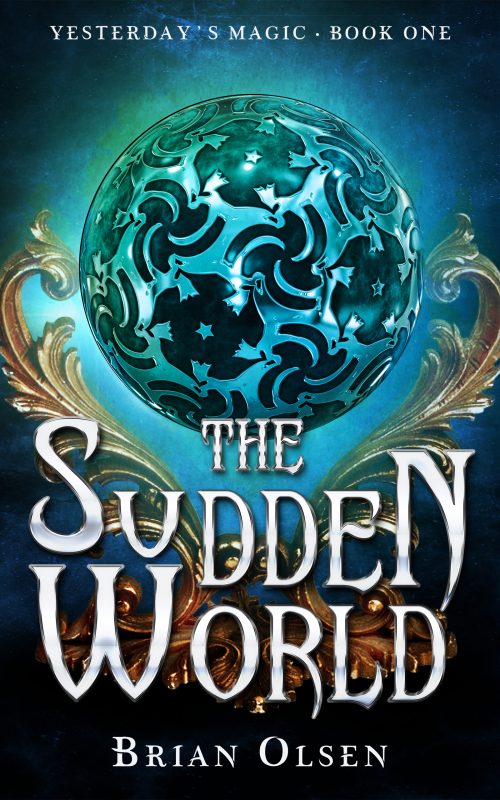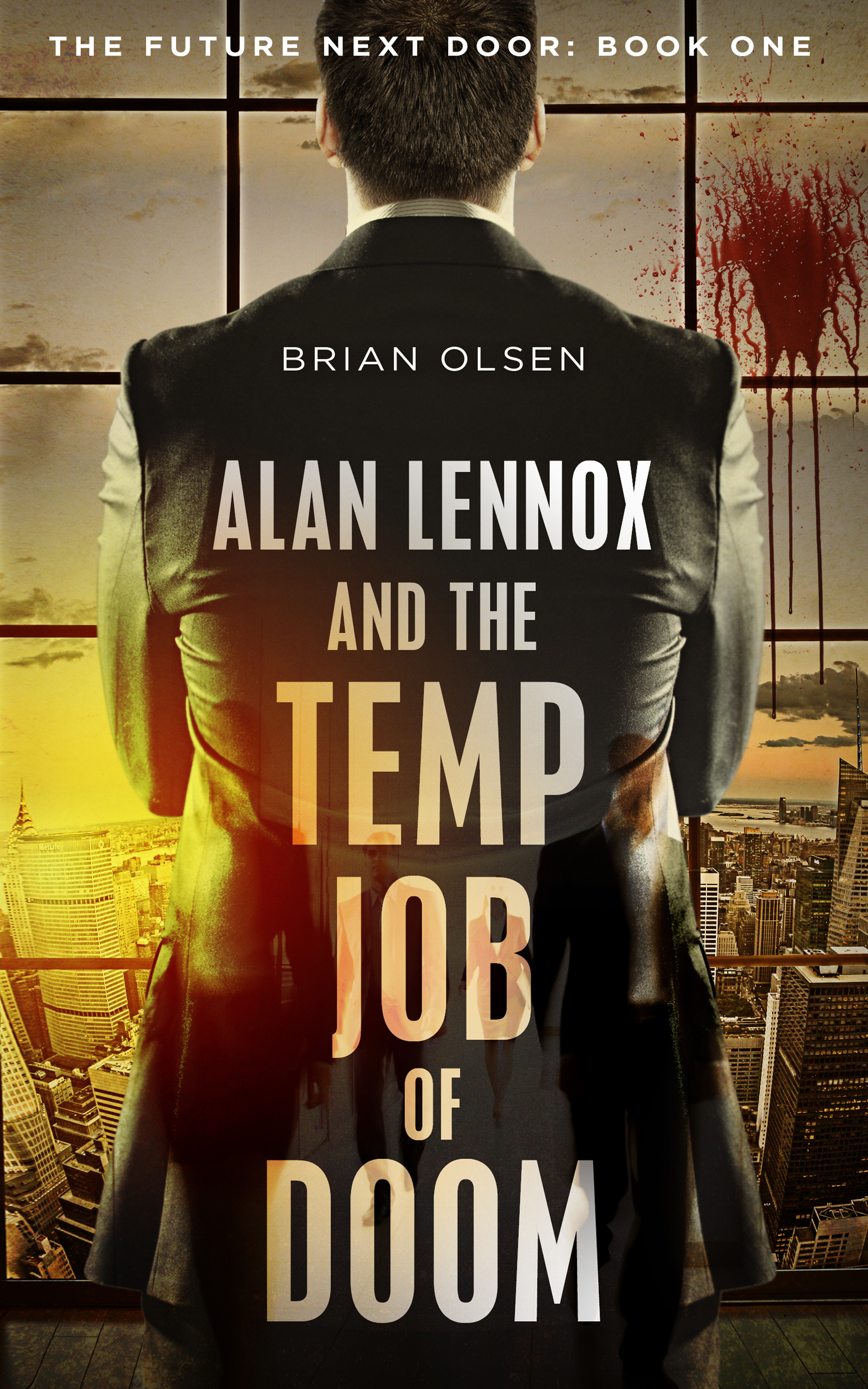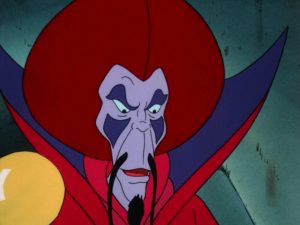
Sometimes thinking too hard about a Saturday morning cartoon’s plot logic can take all the fun out of it.
“The New King,” the sixth episode of Droids, is non-stop action and has some good gags. Nelvana’s animation is as imaginative as ever. There’s plenty of 3P0 and R2’s signature bickering before they work together to save the day. In fine Star Wars tradition, there are characters with silly names like Putch Gundarian and Gir Kybo Ren-Cha alongside one whose name is Jessica Meade. There’s even yet another guest appearance by a character from the movies, IG-88, the bounty hunting droid. What’s not to love?
But I’m not just watching this show; I’m watching it while knowing I’m going to have to write about it. And that means I have to think about it. Possibly overthink about it. And I can’t stop seeing the darker implications amidst the fun.
For example, the action takes place on the planet Tammuz-un, where Vizier Ko Zatec-Cha is plotting to steal the throne from the rightful heir, Mon Julpa. Which he will do by placing the royal scepter on top of a palace tower at sunrise on the day of the equinox – by law, whoever does this becomes king.
Does this… seem like a good way to provide continuity of government? By the end of the episode, all of the good guys and bad guys are fighting right in front of where the scepter needs to be placed, tossing the symbol of power back and forth between them, until Mon Julpa, almost by pure chance, has it in hand at the right moment. Anyone could have become king. One of the Vizier’s cronies. R2. Jessica Meade.
In the end, Mon Julpa becomes king because he and his supporters beat the Vizier and his supporters in a physical contest. They’re stronger and faster, not necessarily smarter. (In fact, this episode has quite a few instances of the main characters acting stupid so that the plot doesn’t resolve too quickly, making it hard to argue that they’re smarter than the bad guys.) It’s presented as a happy ending, but is it?
As far as we know, isn’t that essentially the same as how Emperor Palpatine ruled, by right of might? (What’s that you say? Political maneuverings in the Galactic Senate? What are you talking about? Prequels? What prequels? It’s 1985!) And Darth Vader overthrows him – or throws him over, if we’re being literal – paving the way for a new government, simply by being stronger. Mon Julpa seems like a good guy, but is his rule any more legitimate than Palpatine’s?
Okay, fine, I’m overthinking it. Jessica Meade! Hah! That’s just a normal woman’s name!
Previous: Ewoks S1E6 – “The Tree of Light” (1985)
Next: Ewoks S1E7 – “The Curse of the Jindas” (1985)
